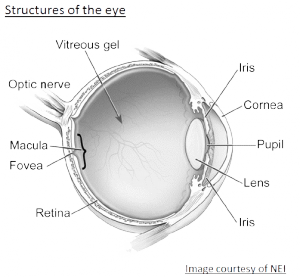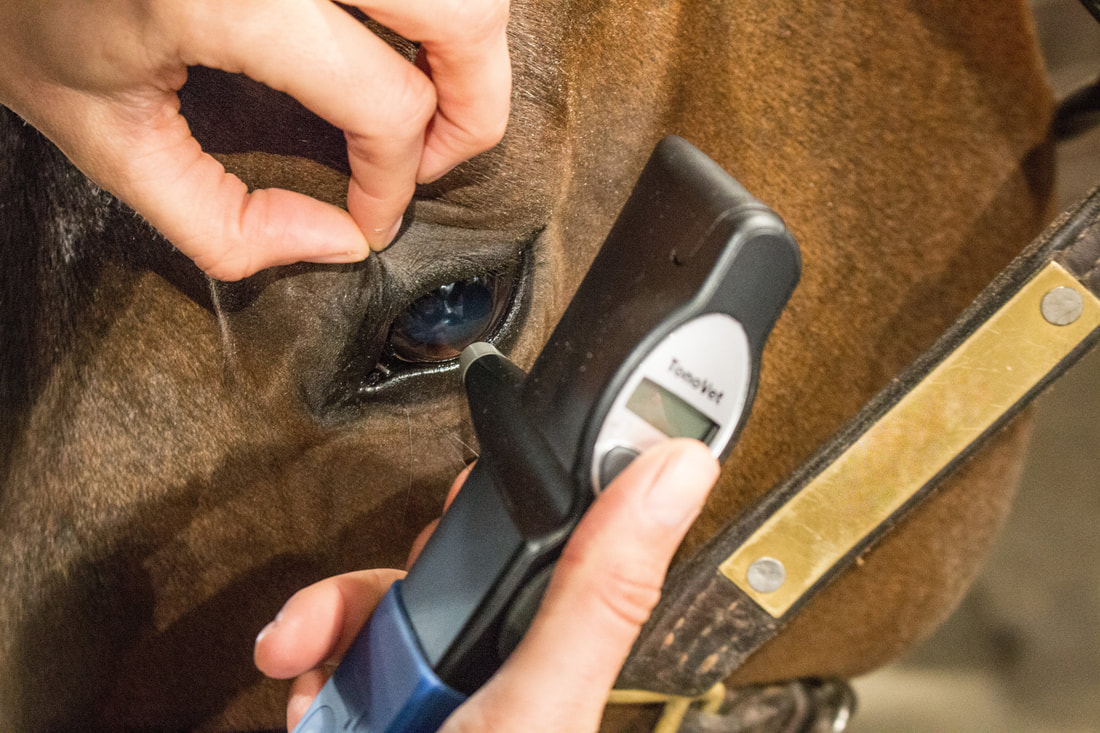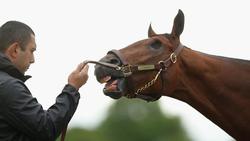|
Glaucomas refer to a group of ocular diseases that result from alterations in the formation and drainage of the aqueous humor, which is the fluid that is located in the space in front of the iris and lens. One of the most notable results is increased intraocular pressure. The pressure increases due to a decrease in the natural outflow of the aqueous humor. This fluid is not only important for providing nutrition to the cornea and lens, but is also critical for the optimal arrangement of the eye. The optic disk, which is located in the back of the eye, is the connection between the eye and the brain, and therefore can be damaged when the pressure within the eye remains elevated for prolonged periods of time. This can result in blindness. Equine glaucoma can be divided into three categories, including primary, secondary, and congenital types.
In general, most cases of glaucoma are seen in horses with recurrent uveitis, which is inflammation of the uvea (the middle layer of the eye between the retina and the whites of the eye). Horses older than 15, and Appaloosas have higher prevalence of uveitis. Recognition of subtle clinical signs help to catch glaucoma in early stages. Clinical Signs: - enlarged globe - cloudiness of the cornea - small white streaks within the cornea (stria) - vision deficit, small pupils, corneal edema - squinting of the eye - increased discharge - increased redness around the margins of the globe. A great aid in diagnosing glaucoma is through the use of an instrument called a tonometer. This tool helps to measure intraocular pressure of the eye. Normal intraocular pressure is between 17 and 28 mmHg. An increased intraocular pressure is defined as glaucoma. Starwood Equine is proud to provide our clients with access to earlier diagnosis and treatment with the use of this instrument. Treatment of glaucoma can vary based on the primary cause of the disease and the horse’s level of vision. The goal of treatment is centered around increasing the flow of fluid within the eye. There are several medical options for treatment, including Timolol and Dorzulamide, and non-steroidal anti-inflammatory drugs such as Banamine. If medical avenues do not solve the problem, there are other options such as cyclophotoablation; a procedure in which a laser is used to destroy the ciliary body, which is the structure in the eye that produces fluid. ENUCLEATION
0 Comments
|
Topics
All
Archives
May 2021
|
Privacy Policy | Copyright © 2019 Starwood Equine Veterinary Services, Inc. All rights reserved.




 RSS Feed
RSS Feed